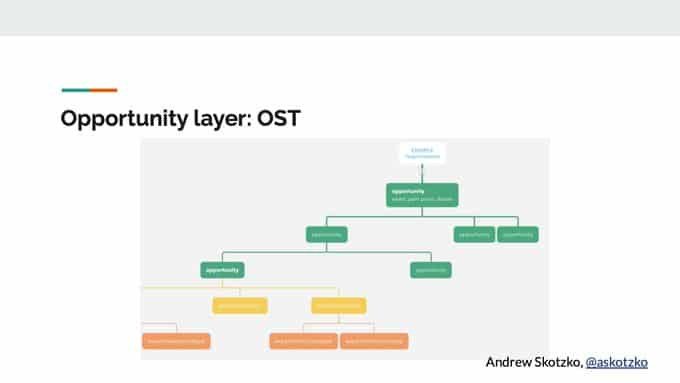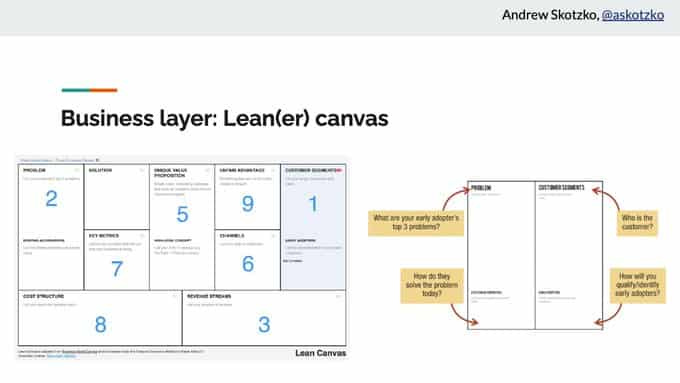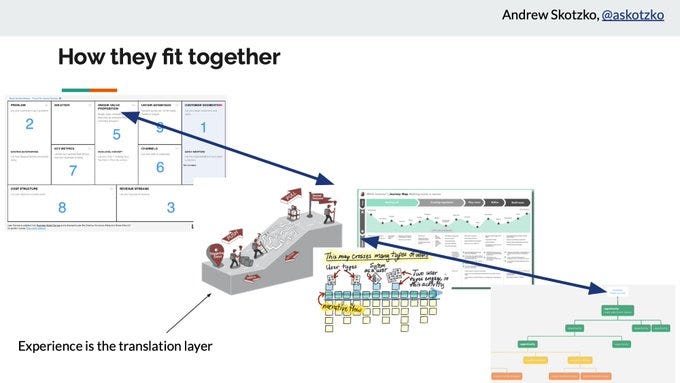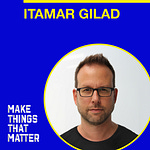How to apply continuous discovery techniques to a nascent, early stage product that doesn't yet have product-market fit.
Most product managers are working on existing products that already have found some level of traction.
Hopefully they're practicing well-established continuous discovery (CD) techniques such as those popularized by folks such as Teresa Torres and Marty Cagan.
The first time you try, it can be confusing to translate these CD practices to a new product that doesn't exist or hasn't found traction yet.
I saw a question along these lines a few days ago, which I'll paraphrase as:
Incremental continuous discovery makes total sense for established products. But how do you map the opportunity space and do continuous discovery for a new product that's still being conceptualized?
I ran into this question last year when I coached a team to apply continuous discovery approaches for a totally new product.
The company's first product had done very well in the market. The CEO assigned a team to come up with the next product. This was a "you need to come up with a product to grow revenue by at least $10M in the next 18 months" kind of situation.
(It's on track for that, by the way.)
So, how should we think about executing on a continuous discovery mindset if we're at the 0-1 stage of a product?
What I find to be missing is an understanding of the context we're applying CD in. What's missing is an understanding of the layers we're operating across.
The 3 layers of product work
In any product, we're operating across three layers at once:
The opportunity layer: the customer opportunity or "problem space"
The experience layer: the shift in the user experience that the product seeks to deliver
The business layer: how the parts of the business fit together
This is always true, but in a well-established company/product, it's less obvious.
In established products/companies, more of the map is "filled in" and we spend our time more in the opportunity layer.
It's useful to be explicit about all three at the earlier stages.
I tend to represent each layer as follows…
The Opportunity layer
I like to represent this via an opportunity solution tree (OST), as described by Teresa Torres.
The Experience layer
I like to represent this via a user story map, as described by Jeff Patton.
The Business layer
I like to represent this via a lean canvas, as described by Ash Maurya.
(At the VERY beginning, I use the leaner canvas by Ash, which zooms in on Customer + Problem / boxes 1&2 out of the whole canvas).
Representing the layers
There are many possible ways to represent the layers.
These are the methods I like best right now.
All three layers need to work individually and fit together cohesively.
Where to start?
Start with the experience layer.
The experience layer is what bridges the business layer with the opportunity layer.
Ask: what is the new experience we want to create? At the business layer, a value prop summarizes that new/better experience and is the "bridge" between the customer and problem boxes on the lean canvas.
NOTE: this appears like a linear process. It's not. It's cyclical.
Practically, all layers are evolving in parallel and informing each other, and what changes is which "layers" have the bulk of your attention at a given stage of product/company.
Even more than a set of techniques, continuous discovery is a mindset, a way of approaching the work.
Whichever layers are your focus, approach the work in a "continuous discovery" way.
If you're at the early stages of "what are we building, who cares, and why?" then iterating around the leaner canvas + experience map (layers 2-3 from above) should be your focus.
You want to first understand:
what's the A → B shift in the experience
for whom
how valuable that is to them (is it a painkiller, vitamin, or a dud?) + why
…which is a longer way of saying, "know your customer and value prop."
All of this learning will inform the OSTs that come later to go deep into the specific opportunities within the parts of the experience map that make the difference.
Which tool when?
So, which tool when?
Interviews + customer conversations: always & forever.
Don't know customer + value prop? → Interviews + leaner canvas (business layer)
Know customer, but not the change in their life? → Interviews + user story map + customer forces canvas from Jobs to Be Done (experience layer)
Know value prop, but not how to deliver on it / improve value of solution? → Interviews + OST (at opportunity layer)
"How do we know when we have enough to go on?"
The short answer is, when you have enough confidence around how to shift the parts of the experience that will make the difference.
I'll address this in a separate post.
I am not the first or last to talk about this. Big thanks to the many people contributed to my thinking around this topic—especially Teresa Torres, Jeff Patton, and Marty Cagan.
I hope this is useful to you in terms of organizing your product thinking in those confusing early stages.
If you're looking for more, please bookmark and check out episode 44, a roughly 1 hour conversation I had with Teresa Torres about habits for clear thinking and better product bets. Good luck out there!















